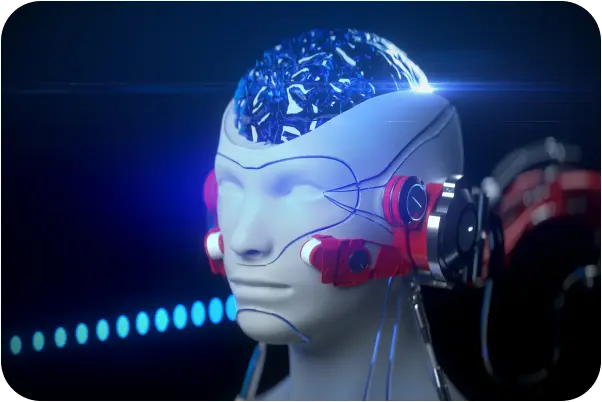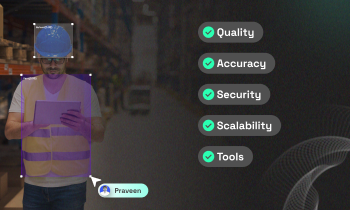What is the typical sampling rate for audio in an in-car speech dataset?
Audio Sampling
In-Car Speech
Speech Datasets
In the development of voice recognition systems for automotive applications, the quality and characteristics of audio data are crucial. One important aspect of this audio data is the sampling rate, which significantly affects the performance of AI models. Let's explore the typical sampling rates for audio in in-car speech datasets and understand why this metric matters.
Understanding Sampling Rate
Sampling rate, measured in Hertz (Hz), refers to the number of audio data samples captured per second. It determines how accurately the nuances of human speech are recorded, which is critical for effective speech recognition.
Typical Sampling Rates in In-Car Speech Datasets
For in-car speech datasets, the common sampling rates are 16 kHz, 44.1 kHz, and 48 kHz. Each rate has distinct implications for audio quality and processing:
- 16 kHz: Often used for telephony and voice commands, this rate provides clear speech understanding while keeping file sizes manageable. It is particularly effective in noisy environments such as cars, where higher frequencies might be masked.
- 44.1 kHz: Designed for music, this rate captures a wider frequency range, suitable for high-fidelity applications. However, it results in larger file sizes and might be excessive for typical in-car applications.
- 48 kHz: Common in professional audio, this rate offers high-quality sound, although the larger data size may not always be justified given vehicle processing constraints.
Why This Metric Matters
The choice of sampling rate influences several aspects of AI model performance:
- Speech Clarity: Higher rates capture more detail, crucial for distinguishing similar sounds in noisy environments like moving vehicles.
- Processing Requirements: Higher rates demand more computational power and storage, requiring a balance between quality and efficiency.
- Annotation Accuracy: Higher sampling rates can enhance annotation precision, improving training data quality for AI models.
How Top Teams Approach the Problem
Successful AI teams carefully select sampling rates based on specific use cases:
- Contextual Analysis: Teams consider the intended application. For example, a voice assistant might use lower rates for commands, while emotion detection could benefit from higher rates.
- Data Diversity: Teams gather data across various conditions (e.g., open vs. closed windows, different engine types) to ensure robust model performance. This includes capturing varied sampling rates to test model resilience.
- Benchmarking Performance: By evaluating models with different sampling rates, teams determine the optimal rate for their needs. Metrics like Word Error Rate (WER) and intent detection accuracy guide these decisions.
Real-World Impacts & Use Cases
- Voice-Enabled Infotainment Systems: A luxury EV brand uses a 16 kHz dataset to optimize voice command recognition in noisy environments, ensuring fast and accurate responses.
- Emotion-Aware AI: An autonomous taxi service collects emotion-rich speech data at 48 kHz, enhancing passenger interactions and safety.
- Custom Automotive Solutions: A Tier-1 OEM sources datasets with varied sampling rates for specific car models, supporting advanced voice control systems.
Navigating Common Challenges
Working with in-car speech datasets presents challenges:
- Noise Interference: Vehicle interiors are noisy. The right sampling rate balances clarity and noise resilience.
- Microphone Placement Variability: Different placements affect sound capture, influencing sampling rate effectiveness.
- Complex Data Annotation: Higher fidelity audio requires detailed annotations, which can be labor-intensive.
Recommended Next Steps
Choosing the correct sampling rate for in-car speech datasets is a strategic decision. It involves understanding the end application, vehicle acoustic challenges, and AI system constraints. FutureBeeAI excels in providing high-quality, well-annotated in-car speech datasets tailored to diverse sampling needs, ensuring optimal performance for various automotive applications.
To explore how FutureBeeAI can enhance your AI projects with tailored datasets, consider your specific application needs today.
What Else Do People Ask?
Related AI Articles
Browse Matching Datasets
Acquiring high-quality AI datasets has never been easier!!!
Get in touch with our AI data expert now!








